Third-party developers are already making apps for the Apple Watch, but they’re doing so with one hand tied behind their backs.
Coders that Cult of Mac spoke with are pleasantly surprised by the opportunity to bring apps to the Watch so early, but many note they must abide by severe limitations to get their apps ready for the Apple wearable’s launch next spring.
Developers already in talks with Apple are understandably nervous about discussing the challenges of creating apps for Apple Watch. Most of the ones we spoke to said they are enthusiastically working around the limitations they face at the wearable’s launch.
“We have been able to get the app to look basically how we designed it,” one dev, who wished to remain anonymous, told Cult of Mac. “The main limitation that we have run into is the lack of access to the [Digital Crown] beyond scrolling the entire view. We also wish we had access to the Taptic Engine for notifications.”
So, what kind of restrictions are devs facing? Here’s a list of everything third-party Apple Watch apps can’t do… at least for now:
Function without a paired iPhone
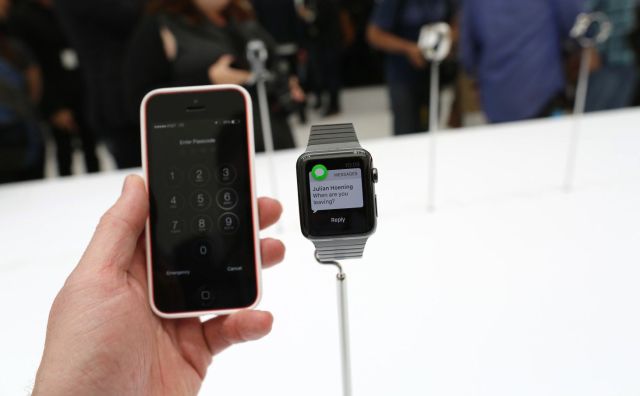
Apps rely on a paired iPhone like an umbilical cord. Apple has demoed its own Watch apps doing things like playing locally stored music, but third-party apps will be totally dependent on a nearby iPhone—at least for now. The processing gets done on the iPhone and sent to the Watch.
“Watch App Extensions are by nature incredibly short lived”
“Watch App Extensions are by nature incredibly short lived—living only for as long as the user interacts with them on their wrist,” explained Feed Wrangler developer David Smith to Cult of Mac. Thanks to the most recent beta of WatchKit, apps can handle longer interactions on their own, but there’s still a long way to go before the Watch is anywhere near as powerful a platform as iOS.
Wake up/open companion iOS app
It’s a one-way street when using a Watch app. The iPhone provides all of the cues to run and use third-party apps on the Watch, so don’t expect to treat the Watch like a primary computing device anytime soon.
Finger scrolling or Digital Crown
There is no API access for an app to use a finger scroll on the touchscreen, and devs can’t hook into the new Digital Crown dial.
Use “Force Touch” to control interface
Apple calls its new Force Touch in the Apple Watch the “most significant new sensing capability since Multi‑Touch.”
“Force Touch uses tiny electrodes around the flexible Retina display to distinguish between a light tap and a deep press, and trigger instant access to a range of contextually specific controls — such as an action menu in Messages, or a mode that allows you to select different watch faces — whenever you want,” according to the company’s website.
Force Touch in third-party apps only pulls up a contextual menu. That’s it.
Use Taptic Engine for vibration feedback
Apple’s new vibration feedback system is off limits to third-party apps. Apps can send normal vibrations for push notifications, but the finely tuned vibrations from the Taptic Engine are reserved for Apple’s own apps.
Access heart rate monitor
Apple’s heart rate sensor is for Apple’s fitness software and Apple’s fitness software alone.
Use NFC
The NFC chip used to handle Apple Pay transactions is off limits, which shouldn’t come as a surprise because that’s the same way it is on the iPhone and iPad.
Use microphone for anything other than dictating text
The result of the dictated text can then be passed back to an iOS app.
Play sounds
No custom alert or notification noises!
Remotely access the iPhone’s camera
But Apple has shown the feature working with its stock Camera app.
Render animations/play video
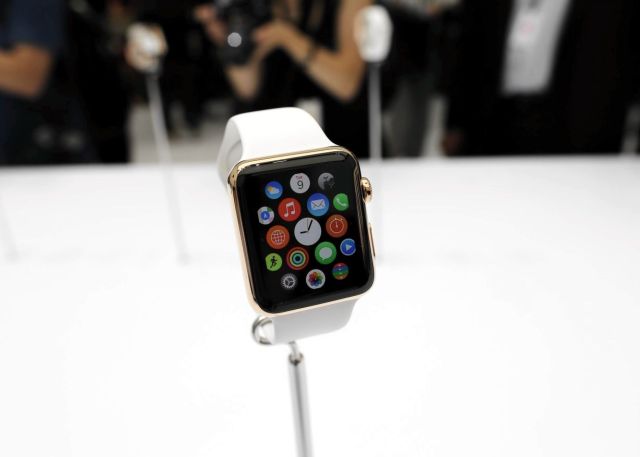
Images only for now, though devs can still create some unique designs.
Display custom watch faces
Apple’s website shows 12 custom watch faces that will be pre-installed to choose from, and that’s apparently enough to begin with. Android Wear watch faces were recently made available for download in Google Play.
Offer in-app purchases
Although down the road there may be a way to enhance the functionality of a Watch app via an in-app purchase on iOS.
Pair with more than one iPhone at a time
This shouldn’t be an issue for 99% of users, but it could be an interesting edge case.
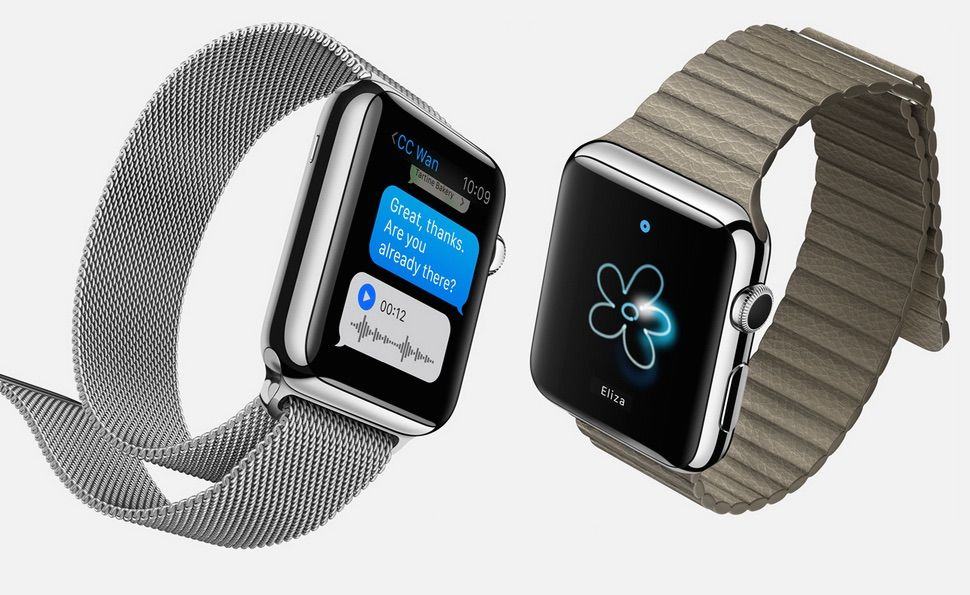



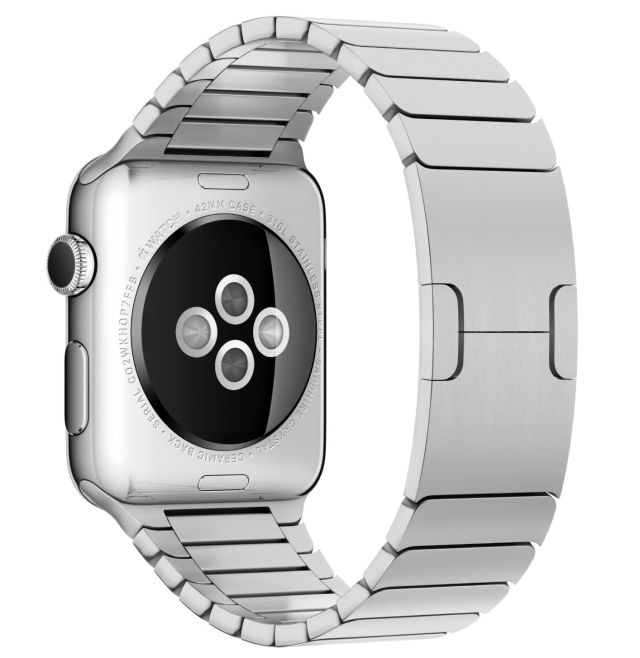
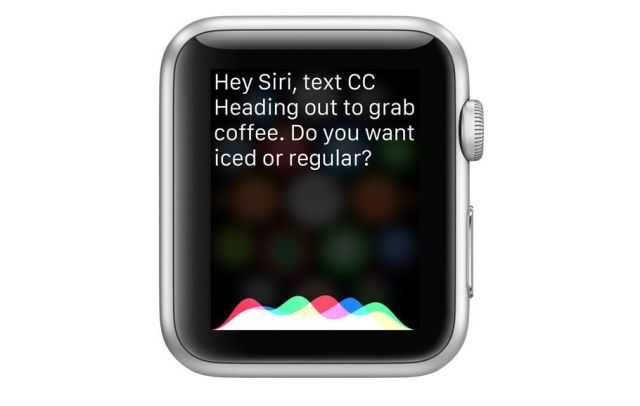
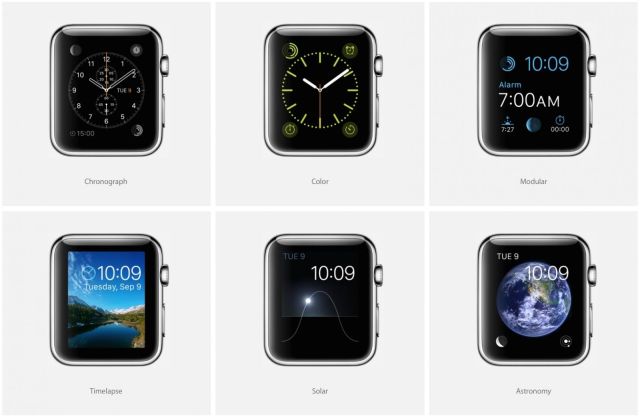


12 responses to “Everything Apple Watch apps can’t do”
You should add “Repel water”. I’m puzzled by the lack of media attention Misfit gets for Shine, and now Flash. These are the only truly water-proof devices on the market that I’m aware of, which is a big deal to swimmers (like me). I guess swimmers are just a minority as all the attention with wearables seems to go to the non-water-proof devices. Sure, some of them are “water-resistant”, but having tried the UP, I’m hesitant to shell out the $$ for something that I don’t know will be working after 6 months. I’m 1+ year on Shine and it’s still going strong, and I swim 2-3 miles a week.
Pebbles are water proof.
Then this isn’t for you. Quit complaining. The majority don’t need it to be waterproof.
At the risk of sounding…redundant…”I guess swimmers are just a minority…”. I think you just agreed with me. I’m hardly complaining.
It’s still complaining.
I’m still not sure why someone would spend $350.00 on this. Don’t get me wrong, I am a huge Apple fan, but the Apple Watch is no different than any of the variety of Android Wear watches. Sure, the user interface is more refined, but its so much more restrictive. Of course, the other problems are the constant tether requirement to your iPhone, and the horrible battery life. I think Samsung is on the right track with their watch with the 3G chip (although the rest of the watch is pretty crappy). I’ll stick with my iPhone 6 and iPad for now, thanks.
Android Wear devices don’t have many of the key interface elements that are going to make the Apple Watch a pleasure to use. The digital crown, the taptic engine, nifty app launcher, force touch, short/long looks, high res display, unique custom created gorgeous graphics and sound effects to enhance the UX, communication features (drawings/walkie-talkie/taps/heartbeat), easily interchangeable band system, and a beautiful and versatile design. By versatile, I mean it’s something you can easily use for sport then immediately for more casual or business activities.
The reviews for Android Wear devices have been tepid at best, but knowing Apple’s standards of quality, I think we’re going to see some extremely positive reactions to the Apple Watch experience. It’s going to be a huge success and single handedly get the smartwatch market off the ground.
It is a new interface. If app developers put all these functions in right off the bat, (and they will if they are allowed to) the learning curve will be so steep for a lot of new Phone owners: websites will be deluged with desperate cries for help and worse, strident criticism that the device is too complicated without the commensurate customer support. (How many app developers offer live customer support?) Then Watch will be saddled with the meme that it’s too complex. And we all know that bloggers and tech pubs just love repeating and amplifying any negative reviews of Apple.
Apple has always deployed a gradualist approach with a new device or interface. They always start out stupidly simple. (Remember how simple iPod’s interface was at the beginning?) Then they slowly added more functions to the interface at a rate that a) doesn’t overwhelm the installed base and b) allows them (Apple) to assess the function more fully.
Whether it’s by accident or design, this gradualist approach is one of the things that makes Apple so successful. Contrast that approach to how Microsoft just plunked down Windows Media Center Edition or Windows 8 fully-formed, more or less.
Well said, when you have millions upon millions of users the best way to deploy is slowly and surely.
It’s a rushed product. Announced early to combat Android wear. Apple has been releasing unpolished and buggy software for a couple years now. I keep hoping for more. It’s not like Android wear is setting the world on fire. Take your time Apple, be creative and imaginative.
That’s a lot of restrictions. How are devs even making apps?
What a silly non-story!
This is no different than when the iPhone debuted with limited developer options. While some claimed Apple supported native apps under pressure the FACT is the tools and development environment were not yet ready for wider use. I suspect the same is true here. Once Apple has worked out the issues and confident they’ll open development further. Anyone who claims to believe otherwise is either in the wrong job or looking for clicks.
Carry on!